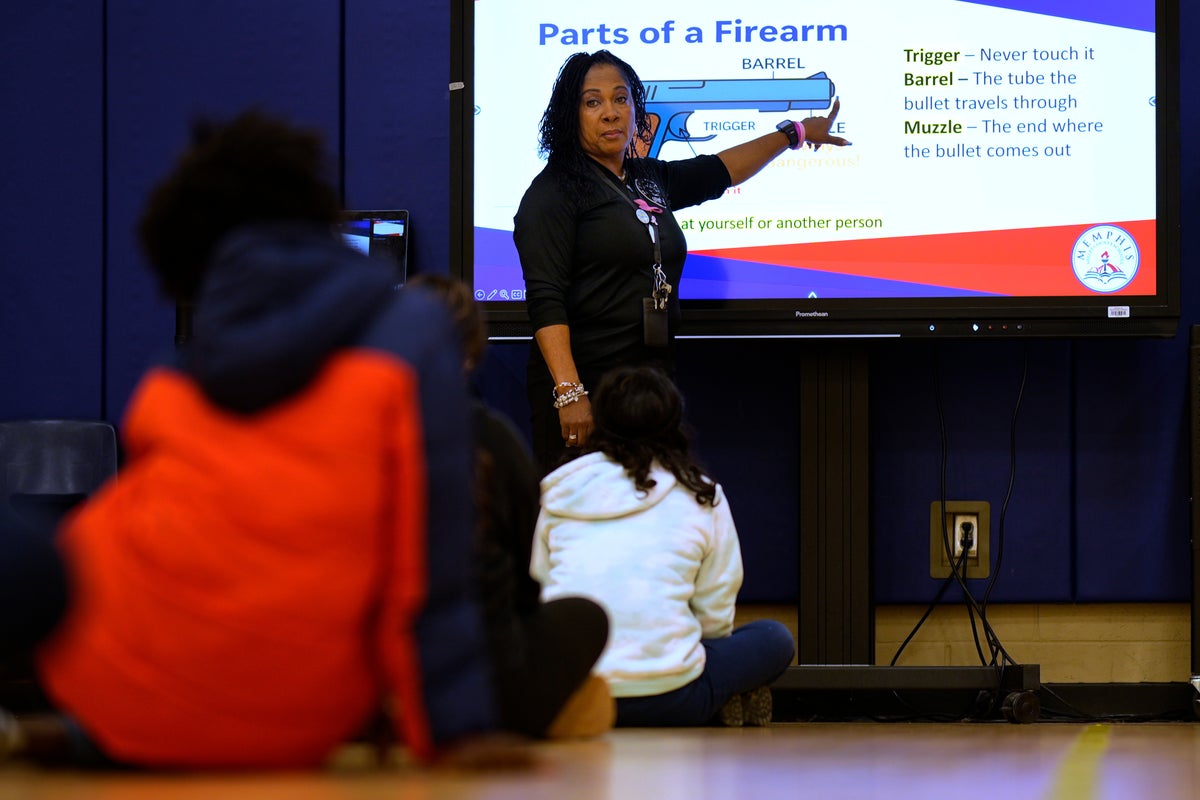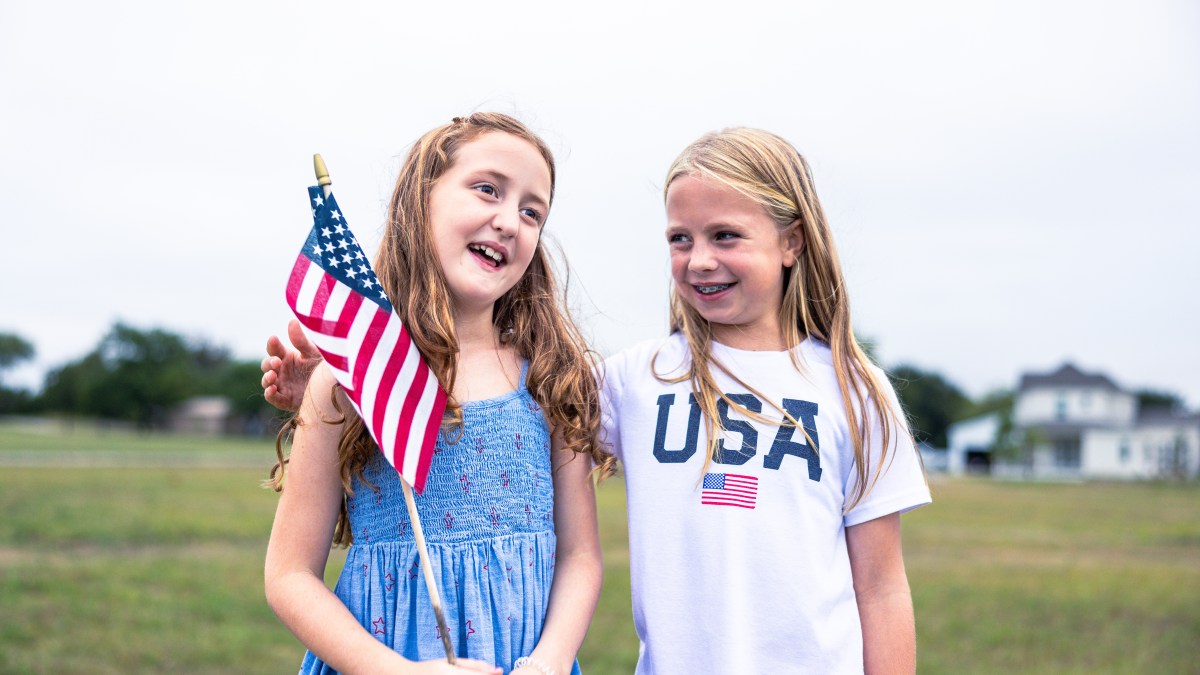Three states in the United States—Arkansas, Tennessee, and Utah—have enacted laws requiring public schools to teach gun safety lessons to children as young as five. This initiative aims to educate students on how to respond if they encounter a firearm. The legislation marks a significant shift in how gun safety is approached in educational settings, reflecting the ongoing national conversation about gun violence.
In these states, students from elementary through high school will learn essential safety protocols, including the steps to take if they find a gun: stop, do not touch, leave quickly, and inform an adult. Notably, Utah’s law includes a provision allowing parents or guardians to opt their children out of these lessons. In contrast, a similar proposal in Arizona was vetoed by the state’s Democratic governor.
The implementation of these lessons is not without controversy. In Tennessee, for example, lesson plans may incorporate engaging elements such as stickers, games, and videos featuring vibrant illustrations of firearms, including playful representations such as a Lego-style gun. At Berclair Elementary School in Memphis, a recent survey of 16 fifth graders revealed that nearly all had seen a real firearm, underscoring the necessity for such education, according to Tammie Chapman, a health and physical education instructor at the school.
Moreover, the curriculum developed by the Tennessee Wildlife Resources Agency in collaboration with the state Department of Education aims to provide students with a foundational understanding of firearm safety. Emily Buck, the agency’s director of public relations, emphasized that while discussions surrounding guns can be contentious, education is crucial in mitigating risks.
The curriculum draws from existing hunting safety courses but diverges significantly by avoiding hands-on firearm handling. In Tennessee, the legislation explicitly prohibits the use of actual firearms during lessons. Arkansas, however, permits parents to choose alternative programs, which could include off-campus firearm safety courses that may involve live guns.
Schools have the discretion to tailor their implementation of these lessons. For instance, in Arkansas, the lessons may be integrated into broader safety training programs, such as fire and tornado drills. Spencer Griffith, a deputy director of the Arkansas Game and Fish Commission, hopes that incorporating these lessons into existing safety protocols will help prevent firearm-related accidents.
Public health data adds urgency to this initiative. In 2022, the U.S. Centers for Disease Control and Prevention identified firearms as the leading cause of death among children and teenagers. In fact, both Arkansas and Tennessee report firearm death rates among this demographic that exceed the national average.
Advocates for gun safety education, like Jessica Jaglois from Voices for a Safer Tennessee, assert that these lessons may foster critical discussions within families about safe firearm storage and handling. Jaglois highlighted that “a moment of access can lead to a lifetime of tragedy,” emphasizing the importance of educating children about gun safety.
Nonetheless, the legislative push for gun education is not universally accepted. Critics, including representatives from gun control advocacy groups such as Everytown for Gun Safety, argue that teaching children about firearms does not address the root causes of gun violence. They contend that the focus should be on holding adults accountable for securing firearms rather than shifting the responsibility to children.
As these laws take effect, schools will determine which faculty members will lead the lessons. Some may even invite local law enforcement officials to contribute. Berclair Principal Clint Davis noted that the issue of firearm accidents involving children is longstanding, and the new curriculum is a timely response to an ongoing problem.
The introduction of gun safety lessons in schools represents a complex intersection of education, public health, and legislative action. As discussions continue, the hope is that these initiatives will lead to safer environments for children and families across the United States.







